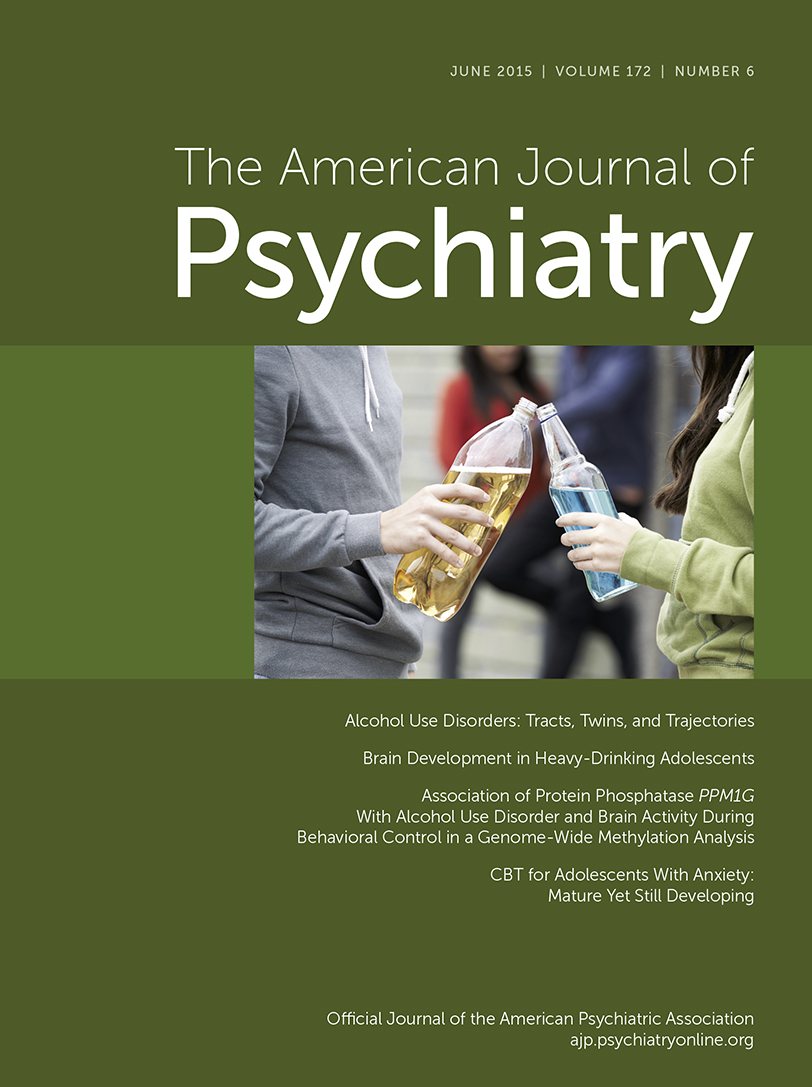Serving the Amish: A Cultural Guide for Professionals
The Amish church is a branch of the Mennonites that emerged in Germany and Switzerland in 1525, “on the coattails of the Protestant reformation” (p. 5). Persecuted for their strict religious beliefs, they accepted William Penn’s offer of religious tolerance in Pennsylvania. The last European Amish died in 1936. In the United States, there are about 300,000 Amish living in 40 communities.
Amish are one of the Plain people, a description given to religious groups whose plain dress symbolizes their rejection of the modern world. Religious strictness varies between communities: some allow electricity, cars, and computers, while others rely on horse and buggy and for emergencies, a telephone box at the edge of their community. Only one in 10 Amish leave, a testament to the power and strength of their community.
James A. Cates describes his experiences working with the Amish as a therapist. He depicts how the Amish and the “English” (modern American) cultures live close to each other, yet in their own separate worlds. His book is divided into four parts: culture and context, life experience, professional interaction, and practical considerations. Cates offers six general cultural lessons applicable to our work with patients from all other cultures.
First lesson: In closed communities, individuals know each other throughout their life span, creating a “high-context” culture. Communication is short-handed, making it difficult for outsiders to understand exactly what is being communicated. Most Americans live in a “low-context” culture, where information is compartmentalized between public and private, past and present, family and individual. Cates describes the many ways that short-hand communication conveys sentiments only discerned by his Amish coworkers.
Second lesson: The Amish, like many religious communities, believe that the Bible and their religion and religious leaders have the answers about how to live one’s life. “English” counselors are viewed as encouraging a restless discontent with the life that God ordained and are seen by many Amish as an affront to the idea that God is in control. The strictest sects opine that “critical thinking is considered the gateway to evil” and believe that “even to ponder the complexities of life is to challenge the will of God” (p. 27). The more progressive communities welcome help. Cates works with individuals and their families and, when necessary, involves the bishops.
Third lesson: A patriarchal society, with little protection for the rights of women and minors, encourages silence around expression of sexuality and sexual abuse of women and children. Unfriddah is a rebuke and partial withdrawal of fellowship and can occur when a wife refuses to submit to her husband’s wishes. “English” culture allows protection and provides support for women who decide to leave their community.
Fourth lesson: Decisions are made by group consensus, and what is best for the group trumps individual preference. Keeping the group together is the role of the Amish bishops. The bishops may accept Cates’ interventions, although in their preaching, they call for allegiance to Christ as the ultimate counselor.
Fifth lesson: Nonemergent medical care consists of herbs, natural remedies, and poultices. When Cates saw a woman rubbing the head of a patient, he understood that massage, hypnotic suggestion, and the power of touch are important healing ingredients.
Sixth lesson: Collaboration with a closed community requires specific knowledge of community beliefs. “God’s will” and “Life in this world is a temporary sojourn” is their pervasive reality. There is also perceived worth in suffering.
Specific cultural practices must be understood. Rumspringa, a Pennsylvania German noun meaning “running around,” describes the period of adolescence for the Amish. Mental health experts get most involved with the Amish at this time: trying to sort out the problems the Amish youths get into when they believe themselves “free of the rules.” The Amish youths compartmentalize the impact of their behavior on the “English” world and do not understand the role of police and the court in underage alcohol use.
Cates highlights the role of beliefs about mental illness. Most Amish consider mental illness to be caused by lack of faith or generational sin. Although there are some tragic outcomes (e.g., when an individual with psychosis was told by his bishop to cure himself with molasses), “English” mental health care is sought by progressive bishops.
Cates describes Amish projects that intersect with the “English” world. A 12-step program with Amish co-leaders is well accepted for alcohol and substance misuse. The Oaklawn is a community mental health center that serves Amish patients with chronic mental illness. Pathway Publishers print Amish literature addressing mental health. People Helpers of Lancaster County and Family Helpers extend deep into Amish communities. The Sewing Circle is a group of Amish women addressing domestic violence. Their booklet is called Doorway to Hope.
Cates uses two psychological approaches to gain the trust of this closed community: person-centered therapy, based on Carl Rogers’ humanist approach, and feminist therapy, which identifies power as an important factor in relationships. He practices diplomacy with humility and respect for cultural difference.



